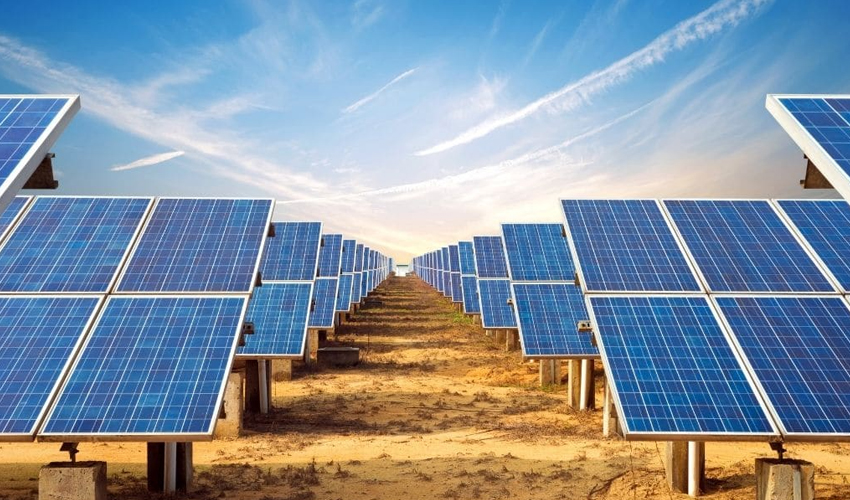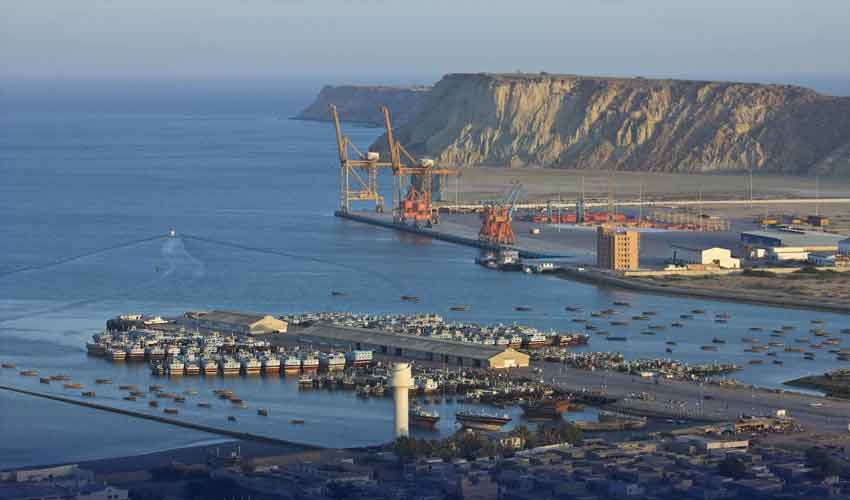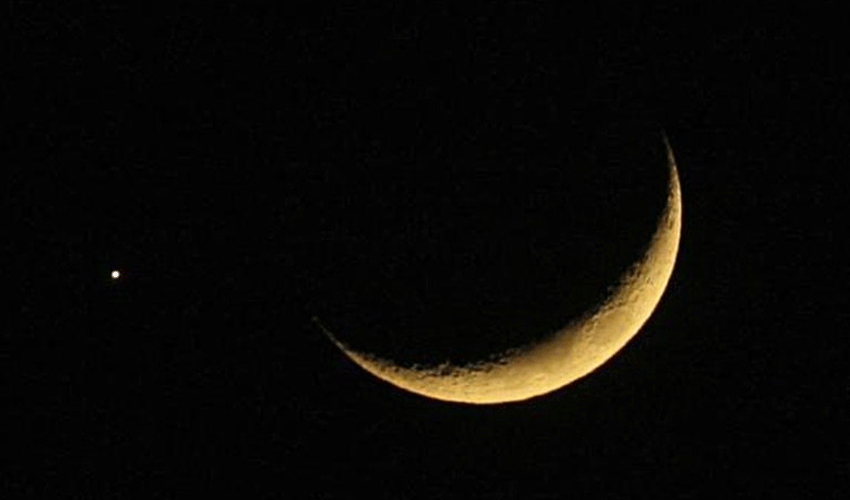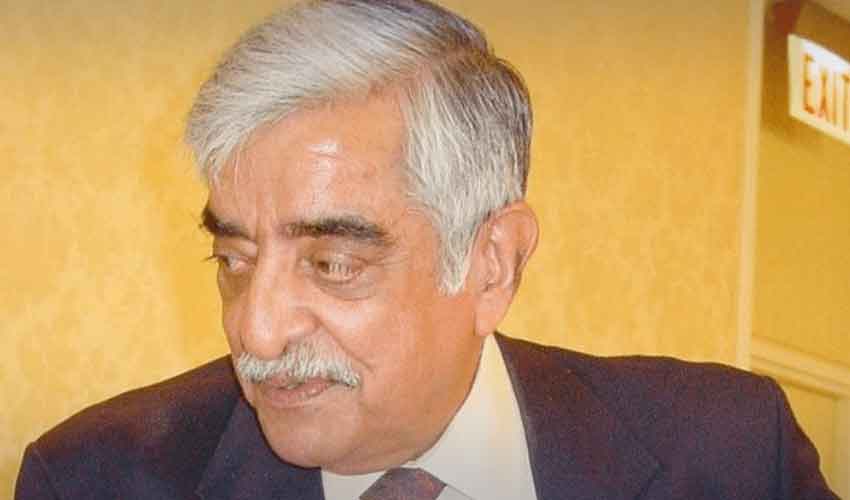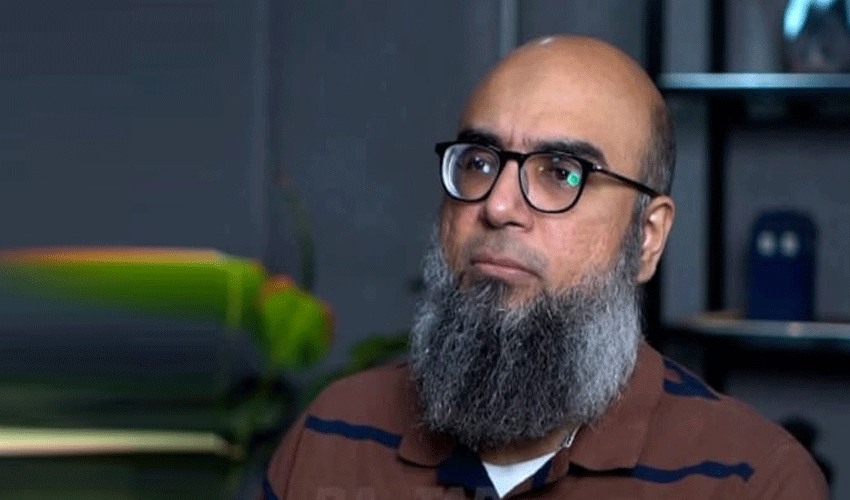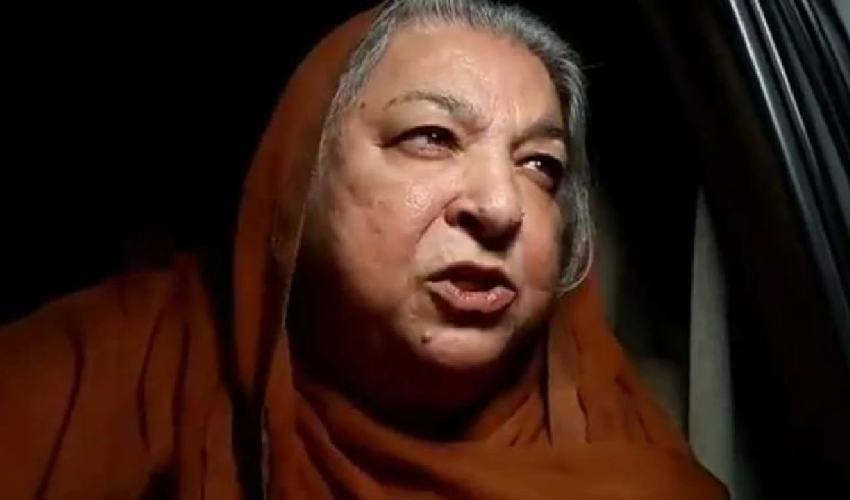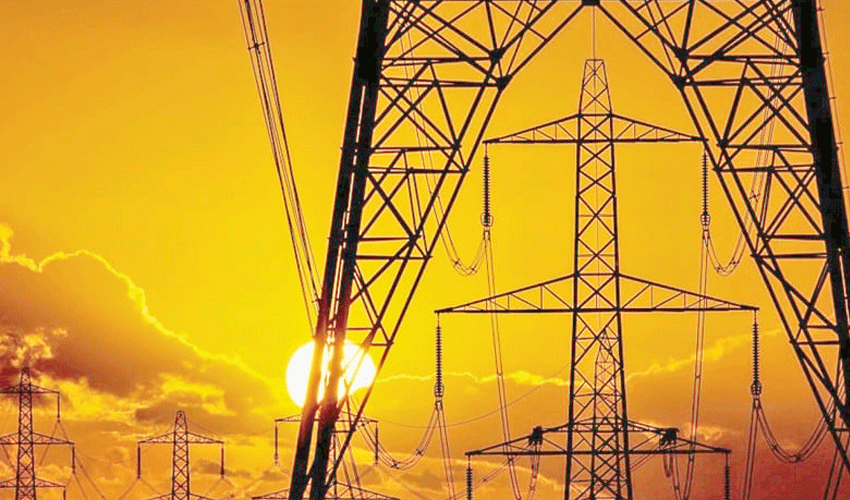The demand for government-supplied electricity has significantly decreased as consumers and industrialists increasingly switch to alternative energy sources, primarily solar power.
The trend has been reported by various distribution companies (DISCOs) to the National Electric Power Regulatory Authority (Nepra).
Consumers across the country are moving away from the national grid due to the high cost of government-supplied electricity. Many people and industries have started to rely on solar energy, leading to a noticeable reduction in the electricity consumption provided by the government.
Data submitted to Nepra indicates a consistent decline in demand. In Faisalabad, the domestic electricity demand has decreased by 11%, though industrial electricity sales have increased by 18%. Lahore Electric reported a 15% decrease in industrial demand and a 3% decrease in domestic demand. Gujranwala has seen a 0.13% decrease in domestic demand and a 4.7% reduction in industrial electricity consumption.
Mapco reported a 26% drop in B3 category industrial electricity demand. In Peshawar, there has been a 9.1% reduction in domestic sales, 3.2% in commercial sales, and 17.2% in industrial sales. However, the Islamabad Electric Supply Company (ISCO) cited the closure of industries as the reason for a decrease in industrial demand.
Nepra officials expressed dissatisfaction with the Hyderabad Electric Supply Company (HESCO) for not providing data, indicating potential legal action against HESCO.
Currently, the country faces a shortfall of 4,448 MW in electricity. The total demand is 25,332 MW, while production is 20,884 MW. Hydropower sources contribute 7,222 MW, government thermal power plants generate 786 MW, private sector power plants produce 7,960 MW, and wind power plants add 1,121 MW to the national grid.
The shift towards solar energy and other alternative sources highlights a growing trend as consumers and industries seek to reduce reliance on expensive government electricity.





